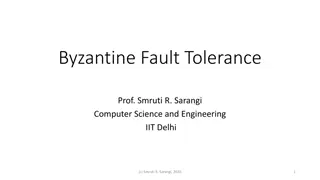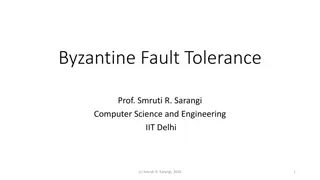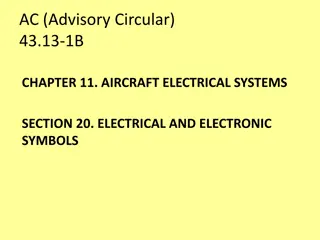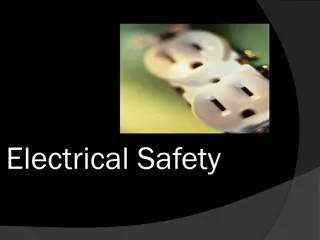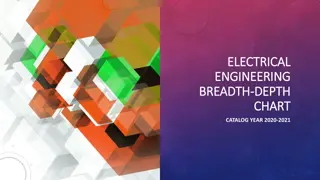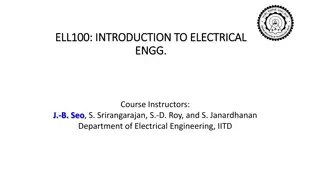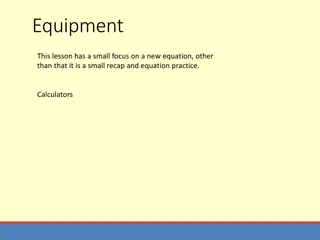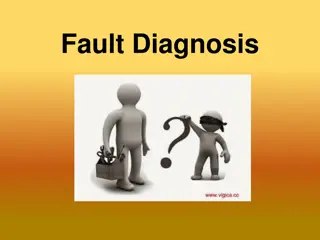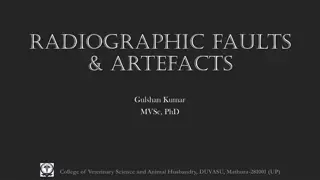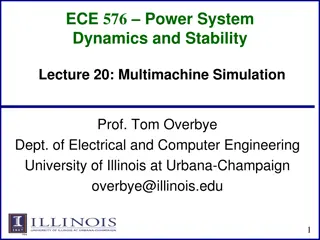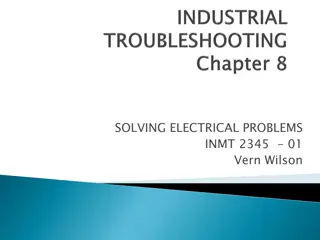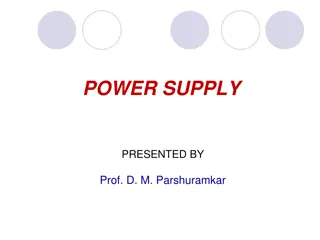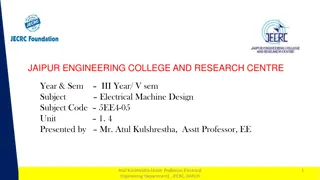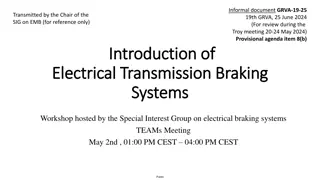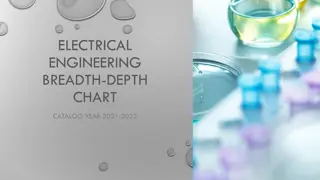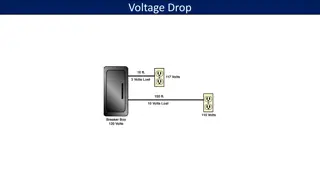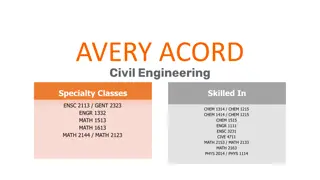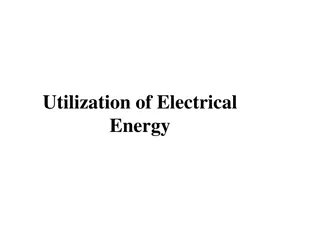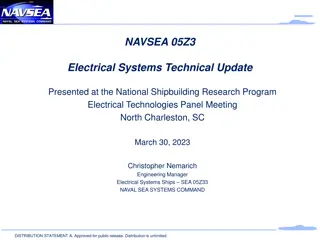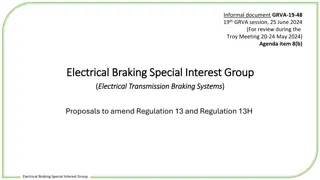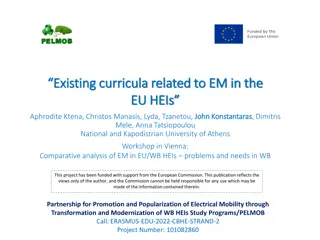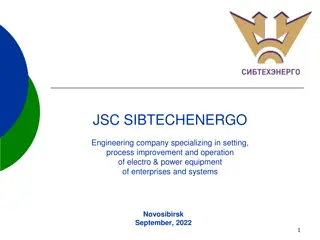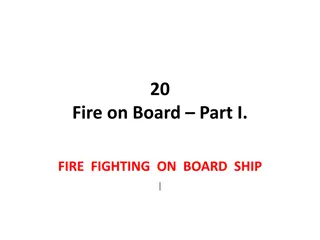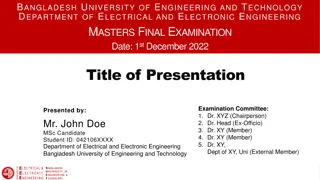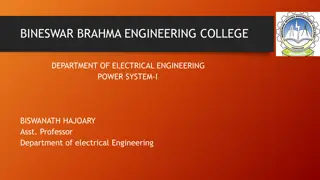Understanding Power System Protection and Faults in Electrical Engineering
Protective schemes in power systems, including circuit breakers, transducers, and relays, aim to isolate faulty sections to prevent severe damage due to fault currents. Various causes of faults are discussed, such as overvoltage, lightning strokes, environmental factors, and accidents. The types and effects of faults, like symmetrical and unsymmetrical faults, highlight the risks of overheating, equipment damage, fire hazards, and system shutdowns. Power system protection is crucial for maintaining system integrity and preventing catastrophic failures.
Download Presentation

Please find below an Image/Link to download the presentation.
The content on the website is provided AS IS for your information and personal use only. It may not be sold, licensed, or shared on other websites without obtaining consent from the author. Download presentation by click this link. If you encounter any issues during the download, it is possible that the publisher has removed the file from their server.
E N D
Presentation Transcript
K.S. SCHOOL OF ENGINEERING AND MANAGEMENT, BENGALURU-560109 DEPARTMENT OF ELECTRICAL AND ELECTRONICS ENGINEERING SESSION: 2020-21(ODD SEMESTER) POWER SYSTEM PROTECTION 17EE72 Mrs. Prathiksha Assistant Professor Dept. of EEE
NEEDFORPROTECTIVESCHEMES, o A Protective system includes Circuit breakers, transducers(CT s and VT s), and protective relays. o The objective of power system protection is to isolate a faulty section of electrical power system from rest of the live system so that the rest portion can function satisfactorily without any severe damage due to fault current. o Actually circuit breaker isolates the faulty system from rest of the healthy system and these circuit breakers automatically open during fault condition due to its trip signal which comes from protection relay. o The main philosophy about protection is that no protection of power system can prevent the flow of fault current through the system, it only can prevent the continuation of flowing of fault current by quickly disconnect the short circuit path from the system.
NATUREAND CAUSESOFFAULTS There is a number of causes for the occurrence of a fault in the power system. Overvoltage due to switching surges Severe lightning strokes Aging of conductor Heavy wind, rains, and snowfall Falling trees on the transmission line Excessive internal and external stresses on the conductors High changes in atmospheric temperatures Accident of vehicle with towers or poles of transmission line Perching of birds on the lines Accidental short circuit due to string, snakes Chemical pollution
TYPESOF FAULT, EFFECTSOF FAULTS, FAULT STATISTICS Two broad classifications of faults are Symmetrical faults: Three phase fault Unsymmetrical faults: L-G, 2L-G, L-L, Open circuited phases and winding faults Simultaneous faults i) ii)
Effects of Faults, The fault set up very heavy fault current which is very large in magnitude. The fault current can damage the equipment used in the power system network. A high amount of fault current produces heat which causes the overheating and mechanical stress in the conductors. There is always a danger of fire due to arcing caused by heavy currents. If the fault persists for a long time then the fire may spread to other parts of the system. The overheating causes weakening of the insulation of conductors which reduces the life of insulation. The unbalanced current and voltage can cause the heating of rotating machines connected to the system. The generators are interconnected. It must be operated in synchronism. Due to unbalance in current and voltages, generators may lose their synchronism. Which causes the total shutdown of the system and in the worst condition it will lead to the blackout. Thus, the fault affects system stability. There may be an interruption in the supply to the consumers thus reducing the reliability of the system.
VIDEO LINKS 1. Working of Electromechanical Relay: https://www.youtube.com/watch?v=cunddFiQzrk 2. Attracted Armature Type Relays: https://www.youtube.com/watch?v=OH7-NJRdDyA 3. Reed Relay: https://www.youtube.com/watch?v=zTbv5szQNoA https://www.youtube.com/watch?v=a1BUN9LMul4 4. Moving coil Relay: www.youtube.com/watch?v=HbhLk6EHKNY https:// 5. Shaded pole type Induction Relay https://www.youtube.com/watch?v=DYzu4fTue9w 6. Phase Comparators https://www.youtube.com/watch?v=Scpi91e1JKc 7.Thermal Relays https://www.youtube.com/watch?v=qipzfQYz9p4
THANK YOU





